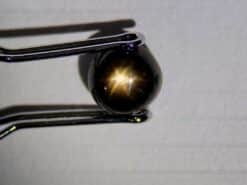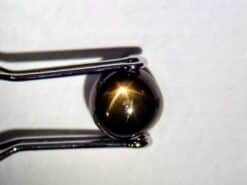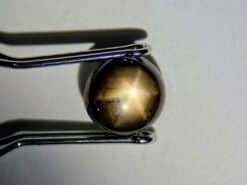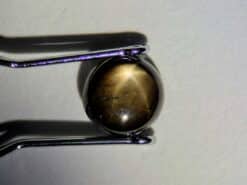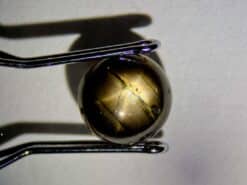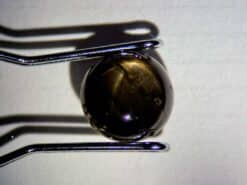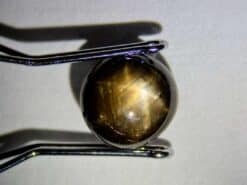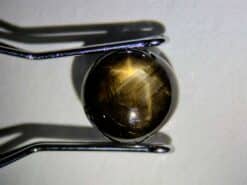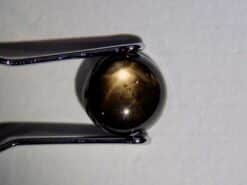Synthetic star sapphire
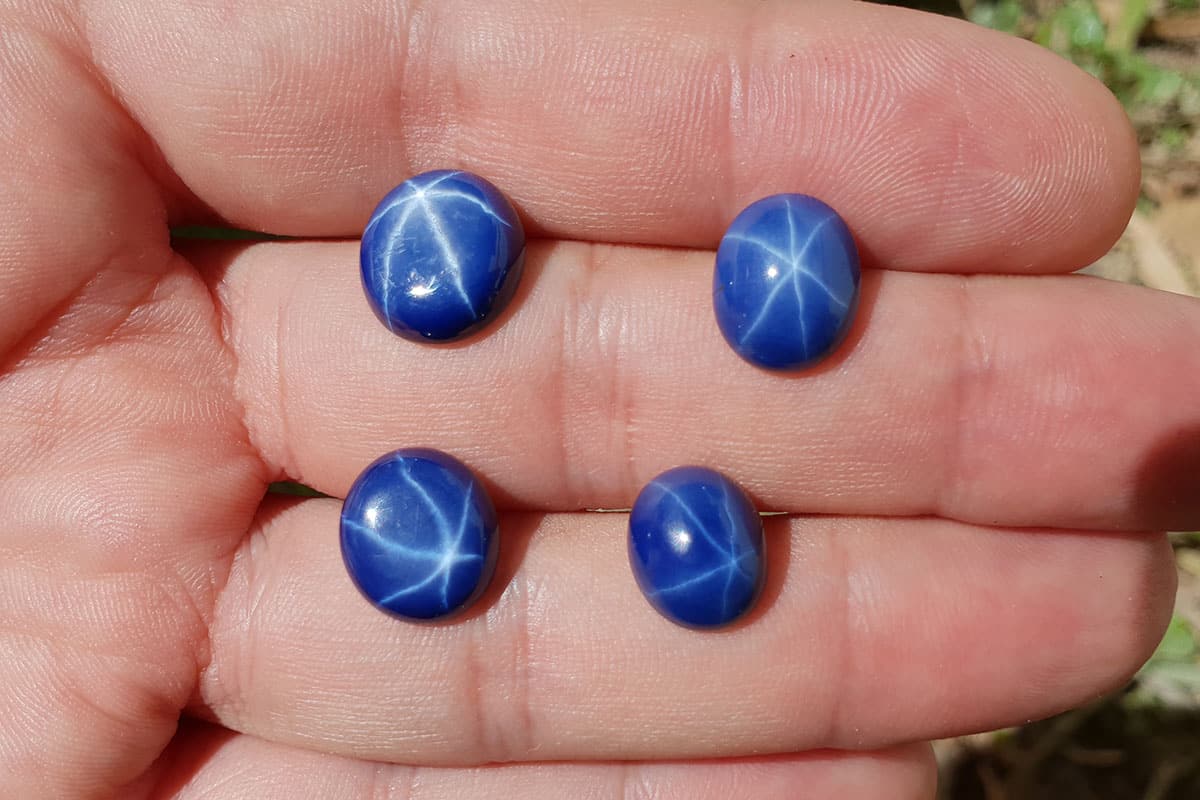
A star sapphire is a type of sapphire that show a star like phenomena knows as asterism.
Buy natural sapphire in our shop
Following the underlying crystal structure. That causes the appearance of a six ray star shaped pattern. When viewed with a single overhead light source. Stones are cut as cabochon shape. It is typically cut with the center of the star near the top of the dome.
How to identify synthetic star sapphires?
Most commonly you will see that it looks too perfect. A perfect star, a very nice stone with also a great color. If you own a stone and you are not sure that it is natural. Here’s a few quick ways you might be able to tell the difference:
- First look for imperfections within the stone. Unevenness on the bottom, also stripes or lines of color
- It shows through the top. Almost all natural star sapphires have one or more of these natural imperfections.
- It shows through the top
- Almost all natural star sapphires have one or more of these natural imperfections
- Then look at the star itself. With a flashlight. Most natural stars don’t have a perfect star.
A natural star sapphire is not perfect
- A natural star will most likely have 1 or more of the 6 rays which will not exactly the same length. Or maybe not all of the 6 rays will perfectly straight
- Now move the flashlight around in a circle. A natural star will turn around, following the light source
- It shows through the top
- If the star stays stationary. It means that the stone is definitely synthetic. But a moving star can also be synthetic
- It would be helpful to look at the side and also the bottom of the stone
Synthetic stars usually have a very low dome
Whereas the natural star typically will have an uneven bottom. It may even have chunks of stone that appear to be missing. Or some dark spots also appears on the lower portion of the stone. Furthermore, If your star sapphire passes these tests. You can finally bring it to a certified reputable gemologist. And ask for a gem identification report.
Natural sapphire for sale in our gem shop
We make custom made sapphire jewelry as engagement rings, necklaces, stud earrings, bracelets, pendants… Please contact us for a quote.

